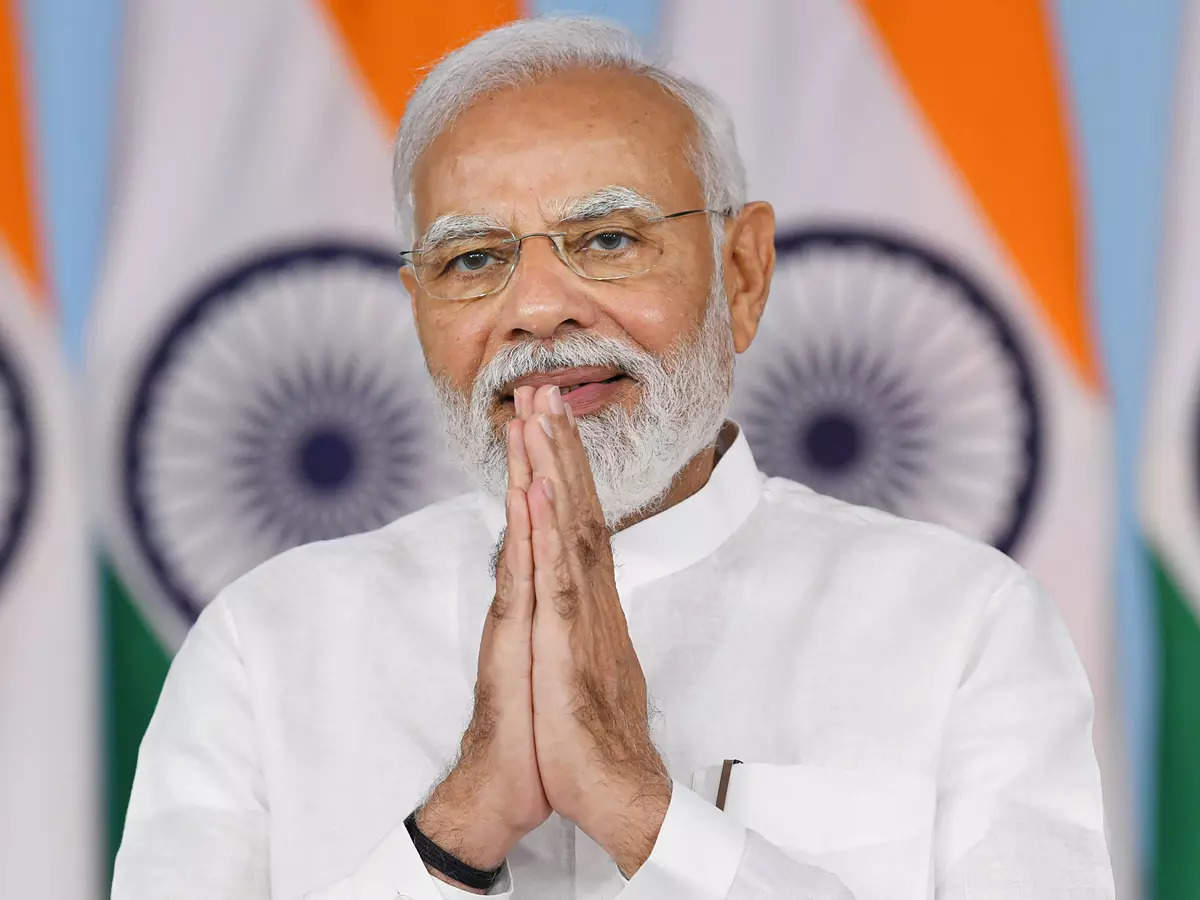
As Gujarat is preparing to enter the second phase of the poll, which will be held on 5 December, the voting turnout in the first phase of Gujarat is markedly low in comparison to the 2017 Gujarat election. According to the voting trend and analysis, low voting turnover shows, in one sense of the term, that the people of Gujarat are less interested in changing the political power, despite the fact that Congress and AAP both campaigned aggressively to capture the anti-incumbency factor against the BJP. It is most likely that Gujarat is going with the incumbency.
The 93 seats in the second phase are spread across 14 north and central Gujarat districts, including Ahmedabad, Vadodara, and Gandhinagar. Three districts, namely Ahmedabad, Vadodara, and Gandhinagar, are the major areas where the Aam Aadmi Party has focused more in terms of campaigning. In spite of the BJP having more strongholds in Ahmedabad and Vadodara, the voting percentage of the BJP is likely to decrease due to the anti-incumbency factor. The second phase of the polling will most likely follow the same trend, but with a bit tight contestation in a few seats.
Danilimda’s seat from Ahmedabad will be among the major contestation seats out of total six hot seats. A reserved Scheduled Caste constituency in Ahmedabad city, Danilimda has been a stronghold for the Congress, with veteran Shailesh Parmar winning the seat by a comfortable margin of over 14,000 votes in 2012 and 32,000 votes in 2017. However, this time, it has got strong competition as, besides the BJP, the AAP and AIMIM have also fielded their candidates. Another from Ahmedabad, Maninagar constituency in Ahmedabad is also in the limelight as it has been a bastion of the BJP since the 1990s. This is the seat that was contested and won by Prime Minister Narendra Modi in 2002, 2007, and 2014. The seat is currently held by the BJP’s Suresh Patel.
Another assembly seat of Ghatlodia constituency in Ahmedabad is considered to be one of the strongholds of the BJP. The saffron party, thus, decided that Gujarat Chief Minister Bhupendra Patel would be running again from here. This constituency has a majority of Patidar voters and has given two chief ministers to the state’s current CM, Bhupendra Patel, and Anandiben Patel. In 2017, Bhupendra Patel won with a record margin of 1.17 lakh votes, despite the Hardik Patel-led Patidar quota agitation.
Other than Ahmedabad, the Godhra assembly segment is also in tight competition. This constituency has seen the rise of All India Majlis-E-Ittehadul Muslimeen (AIMIM), which won seven seats in the Godhra Municipal Council polls last year and even tied up with independents to keep the BJP out of power. Senior Congress leader C.K. Raulji had won the seat in 2007 and 2012 but then crossed over to the BJP, winning against the Congress in 2017 but with a margin of 258 votes.
Another assembly seat is Viramgam, where AAP’s entry is making it challenging for both the BJP and Congress, whose candidate won it in 2017. Hardik Patel, who walked out of the Congress despite being its state working president to join the BJP a few months ago, is now contesting the election from Viramgam on the saffron party’s ticket. The AAP has fielded Kuvarji Thakore from the constituency, while the Congress has stuck with its candidate, Lakhabhai Bharwad.
AAP is also planning to make inroads into Gujarat this year with the Assembly polls and is banking on its chief ministerial candidate, Isudan Gadhvi from Khambhaliya, to get the ball rolling. However, the seat he is contesting is primarily dominated by the Ahirs, and only Ahir candidates have been elected from the seat since 1972. Ahirs are categorised under “other backward classes,” just like the Gadhvi community.
Isudan will be up against a senior Congress leader, incumbent MLA Vikram Madam, and BJP veteran Mulu Bera.
The rivalry between Madam and Bera dates back almost three decades, and the two are set for a showdown after 20 years. Gadhvi is from the village of Pipaliya in Khambhalia taluka, but his electoral debut is unlikely to be an easy affair as a non-Ahir candidate last won the constituency in 1967.